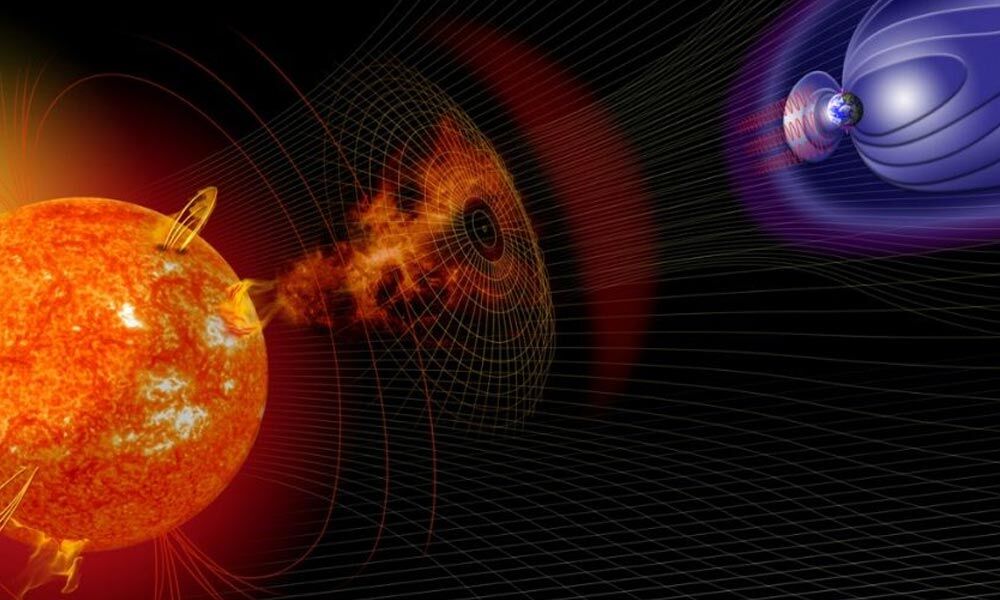
According to Nasa, the biggest flares are known as “X-class flares” based on a classification system that categorizes solar flares as per their strength. The smallest ones fall under A-class, followed by B, C, M and X. The solar flare that is likely to hit Earth’s magnetic field today is an X-class flare.
A high-speed solar storm that is approaching the Earth at a speed of 1.6 million kilometers per hour, according to National Aeronautics and Space Administration (Nasa), is expected to hit our planet’s magnetic field later today, affecting electricity supply and communication infrastructure around the world.
Satellites in the Earth’s upper atmosphere are expected to get affected by the incoming solar flares and this is going to impact GPS navigation, mobile phone signal, and satellite TV. Power girds might also be affected by this.
According to the latest prediction, the flare can cause a wide area blackout of HF (high frequency) radio communication for about an hour. Solar storms have their roots in an 11-year cycle that shifts the polarity of the Sun’s magnetic field. The magnetic forces at work on the sun get tangled during the process, and can punch out through the surface, sending the sun’s plasma into outer space and potentially triggering storms on Earth.
The most powerful geomagnetic storm ever recorded resulted in the 1859 Carrington Event, when telegraph lines electrified, zapping operators and setting offices ablaze in North America and Europe.



